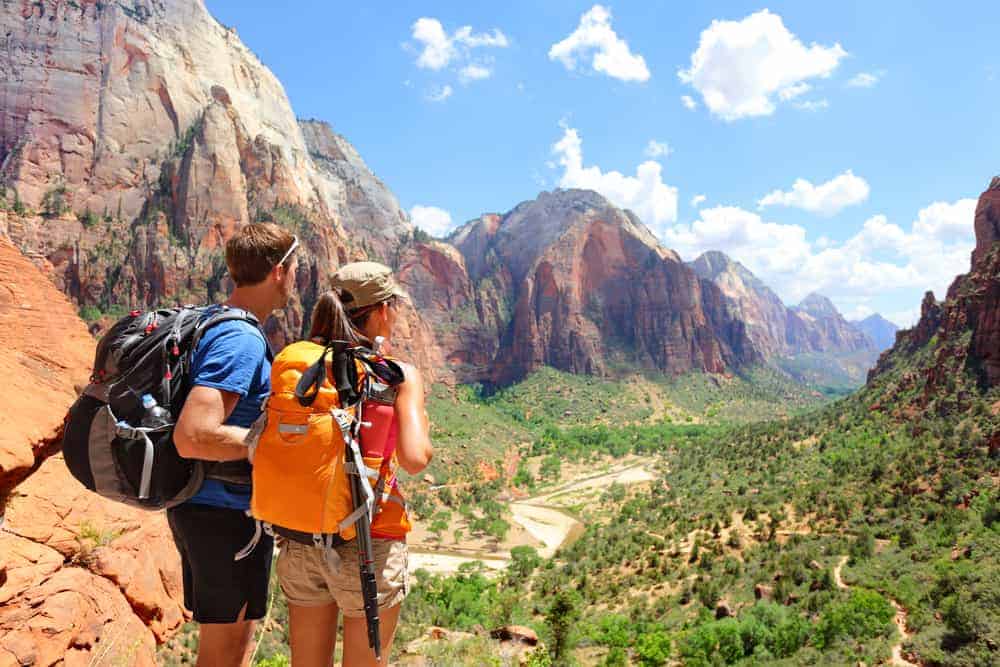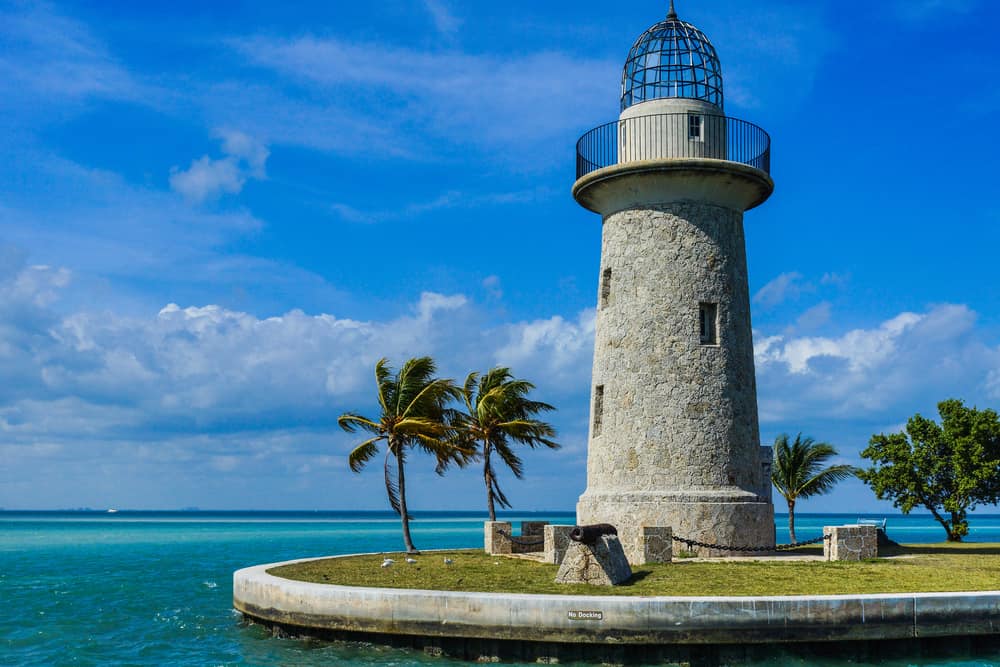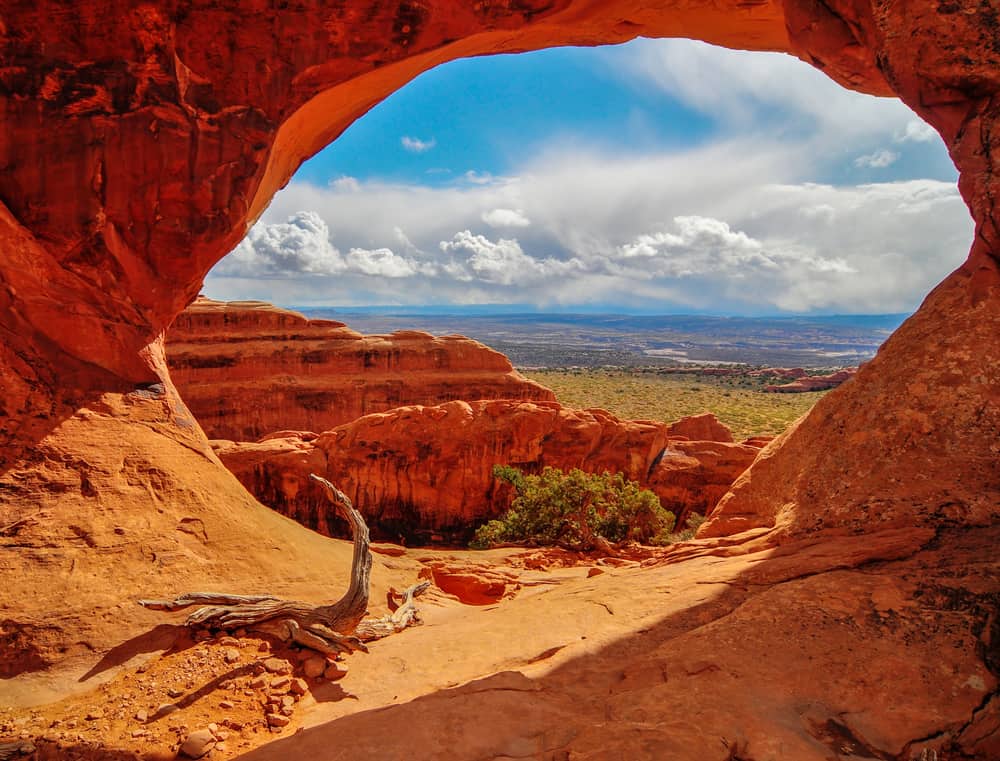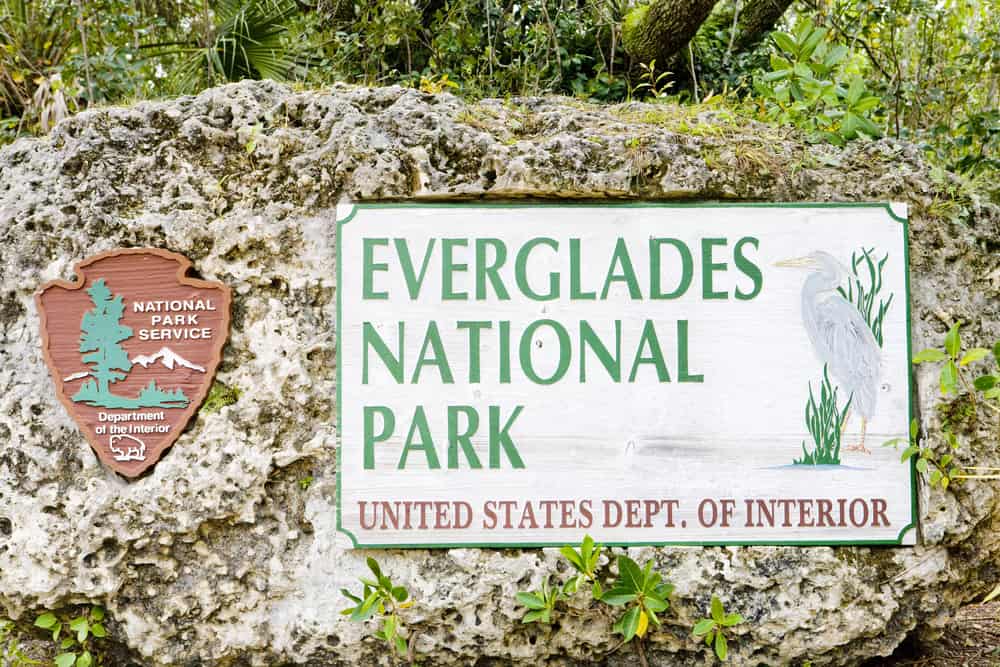National parks – “America’s Best Idea” – offer a wealth of free entertainment options. Spending vacation time in a U.S. national park is a rewarding and memorable family experience, and accommodations within parks are less expensive than you might think, especially in spring and fall. Admission is modest for what they have to offer (or you can wait for one of the National Park FREE days). Even if you pay to get in (Fees vary from $25 and up for a carload of visitors – check here for rates ), there are a multitude of activities that don’t cost a penny. Here are a few ideas for free things to do in U.S. national parks:
Bird-watching. Most parks have abundant birds, flying free and unmolested, as well as perfect bird-watching sanctuaries. Bring a good pair of binoculars and a bird identification book. It’s a great way to get kids into the hobby. And some places, like the Grand Canyon, have birds so big (condors, eagles), even little kids can spot them.
Wildflower hikes. Most parks are also sanctuaries for the indigenous wildflowers of the region. Arizona’s National Parks are one of the first to show off the wildflower colors in March. Check at the park visitor center for a list of local wildflowers (ditto for the birds) and see how many you can find. It will depend on the season and current weather conditions, of course, but this is a great way to explore the landscape. Bring a camera to record your finds – picking them is not allowed.
Become a geologist. What kid doesn’t like rocks? Again, free information may be available at the visitor center, and always ask before removing anything from the park. Docents and rangers may have alternative souvenirs for kids, or the gift shop may sell minerals and other natural products. Places like Petrified Forest National Monument will levy a hefty fine for taking pieces of stone. (And, rumor has it, it will bring you bad luck).
Be a stargazer. Where better? Without the interference of the urban glow, the skies are darker here than just about anywhere, which means you can see the stars that much clearer. If you have a telescope, all the better. But if not, even binoculars might illuminate a new view or two. Bring a blanket, lie back, and watch for shooting stars.
Wildlife watching. Most parks boast some indigenous wildlife – from ground squirrels to grizzly bears. Rangers are good at telling you when, when and how to do this. Just use common sense. Don’t feed ANY wild animal, even a chipmunk (they can carry bubonic plague) and especially not larger mammals. Most are more afraid of you than you are of them – but don’t count on it. There should be brochures on safety at the park.
Take a hike. Walking is free and trails are well marked, rated for difficulty and carefully maintained. You can combine it with bird-watching, wildflower hunting and looking for animals. Take a camera or sketchbook, if you’re an artist.
Hone your art/photography skills. There’s something beautiful or interesting almost anywhere you look. See if you can come up with a shot worth framing and putting on the wall at home to remind you of the trip. Or at least something you’d post on your Facebook page. Or try your hand at drawing or painting. Check out these portable art options.
Watch a free film at the visitor center. In recent years, these have become works of art, professionally filmed and narrated. They’re delightful introductions to the park.
Take in the museum. Just about every park now has a museum that provides a great guide to things you’ll see in the park, adding the perspective of history. Many centers are available to the public for free on specific days of the week or month. Some tours are limited, so call ahead to reserve or get more information.
Participate in a ranger program. These ranger programs are usually free and can provide and evening’s entertainment. Sometimes they may have live performers or special experts to speak (maybe about snakes or insects). Junior Ranger programs teach kids about the flora and fauna of the park special features (such as the mud volcanoes of Yellowstone), encouraging them to become stewards of our natural treasures.
Relax. Really, how often do you get to sit on a spectacular overlook and just enjoy the scenery? And the silence. Here’s your chance.
If you are thinking about staying for an overnight or weekend, these tips will help you get the type of lodging you need, from cabin to luxury hotel room:
Book directly. The largest operator of national park lodging, Xanterra, operates lodges in Yellowstone, Grand Canyon, Zion, Crater Lake and Death Valley’s Furnace Creek Resort as well as at the Grand Canyon Railway in Williams, Ariz. If you book through any site, beware of extra charges or add-ons.
Be flexible. Some larger parks, such as Grand Canyon and Yellowstone, feature multiple lodges and cabins in spectacular settings. While Yellowstone’s Old Faithful Inn and Grand Canyon’s El Tovar are best-known and tend to fill up first, other lodges offer history, comfortable accommodations and their own appeal.
Avoid peak times. Consider traveling before mid-June or after mid-August, or look at park destinations that offer great weather in early spring or late fall. Families with children are either winding down after the end of school or gearing up for the beginning of school, so those periods – although still considered peak season – are generally slower than the rest of the summer. Or consider going mid-week, when check-in numbers are lower.
Book packages. National parks such as Yellowstone have so-called lodging and learning programs with family-friendly guided hikes that focus on wildlife watching, natural history and geology.
Book activities and make dinner reservations. Dining rooms do fill, so if you want a meal in one of the lodges, plan ahead. Popular activities like the Old West Dinner Cookout at Yellowstone’s Roosevelt Lodge fill up fast, too.
Check back often. Group tour operators reserve blocks of rooms well in advance, in anticipation of selling these rooms as part of tour packages. Tour operators must release unsold rooms for resale approximately 30 days out. Want to travel on July 30? Try booking on June 30 or July 1.
Be persistent. Rooms become available for all kinds of reasons and are usually re-booked quickly. Bookmark the website for the lodging you want and check it frequently to see if rooms have become available. Some tourists book their rooms for the next year as they are leaving the lodge.
What’s your favorite national park?
For more articles on parks and summer fun:
Free days at USA National Parks
Military families get free park passes


One big thing missing from your list, for families, is the Junior Ranger Program. Every park has them and they are usually free or cost just a few dollars. The kids do different activities in the park (the number is based on age), interact with a park ranger, etc., then they are presented with a a completion certificate and a patch or pin (looks like a park ranger’s pin for that park).
My son has a binder full of his Jr. Ranger booklets and certficates; he’s earned 23 of them. By doing the programs, not only did he learn a lot, but we did as his parents, too. Since he is educated at home, this program fell right in step with our educational goals. We were “mean” and made him do all the activities he could do, not just those required for his age.
The program is appropriate for those ~5-12 years old. There is also a Web Ranger program available online, and they frequently change it.
There are also educational packets you can download from the NPS site, or ask for at the parks. Even if you’re not a home educator, you will learn a lot. My son read through the materials and did the activities in the car on the way to visit each park – a “two-for-one” – learning and keeping entertained in the car! ;-)